Home>Gardening & Outdoor>Plant Care & Gardening Tips>When Does Columbine Wildflower Bloom In Colorado?
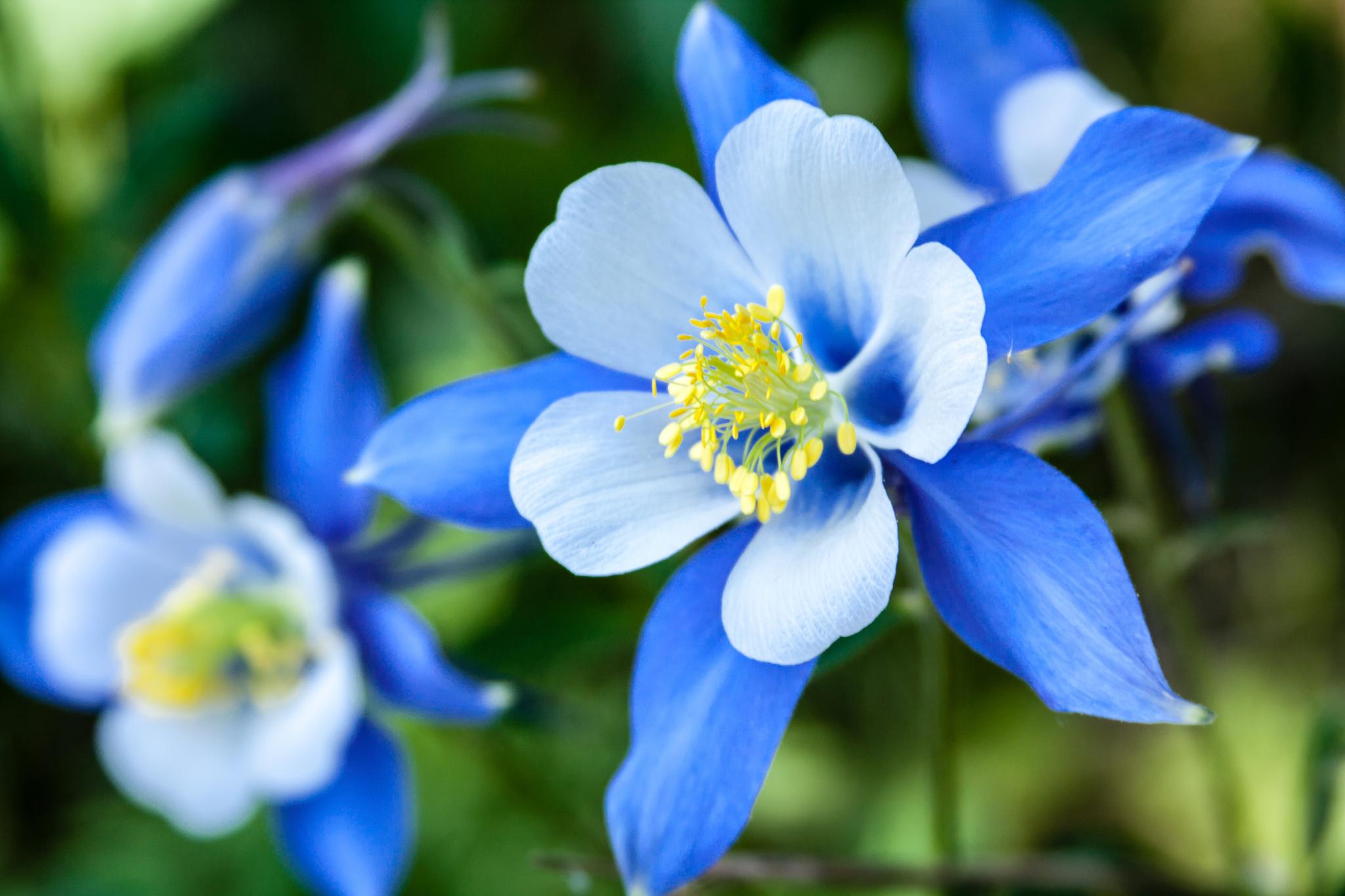

Plant Care & Gardening Tips
When Does Columbine Wildflower Bloom In Colorado?
Modified: January 9, 2024
Discover the ideal time for Columbine wildflowers to bloom in Colorado and get expert plant care and gardening tips for a thriving garden. Explore the best practices for nurturing Columbine plants and enhancing your garden's beauty.
(Many of the links in this article redirect to a specific reviewed product. Your purchase of these products through affiliate links helps to generate commission for Storables.com, at no extra cost. Learn more)
**
Introduction
**
Welcome to the enchanting world of the Columbine wildflower, a captivating and iconic symbol of the Colorado landscape. With its delicate, vibrant blooms and rich cultural significance, the Columbine holds a special place in the hearts of nature enthusiasts, gardeners, and botanists alike. In this article, we will delve into the fascinating realm of the Columbine wildflower, exploring its unique characteristics, ideal growing conditions, and the much-anticipated blooming season in the breathtaking state of Colorado.
As we embark on this journey, we will uncover the allure of this beloved wildflower and gain valuable insights into its ecological importance and conservation efforts. Whether you are a seasoned gardener, a nature enthusiast, or simply someone who appreciates the beauty of the natural world, join us in discovering the wonders of the Columbine wildflower and the magic it brings to Colorado's diverse ecosystems.
Key Takeaways:
- The Columbine wildflower blooms in late spring to early summer in Colorado, painting the landscape with vibrant colors and attracting pollinators like bees and butterflies.
- Conservation efforts are crucial to protect the Columbine’s ecological significance and cultural value, ensuring its enduring presence in Colorado’s diverse ecosystems.
Read more: When To Sow Wildflower Seeds In Colorado
Columbine Wildflower: An Overview
The Columbine wildflower, scientifically known as Aquilegia, is a stunning and distinctive perennial plant that belongs to the Ranunculaceae family. Renowned for its unique spurred petals and elegant, bell-shaped blooms, the Columbine is a cherished emblem of Colorado’s natural beauty. Its name, derived from the Latin word “columba,” meaning dove, aptly reflects the flower’s resemblance to a cluster of doves nestled together.
One of the most striking features of the Columbine is its exquisite and diverse color palette, which includes shades of blue, violet, pink, yellow, and white. This remarkable array of hues adds a touch of whimsy and charm to any garden or natural landscape, making the Columbine a sought-after addition for horticultural enthusiasts and landscape designers.
Notably, the Columbine wildflower is celebrated for its intricate and ornate floral structure, comprising delicate spurs that extend backward from the petals, creating a graceful and ethereal appearance. This distinctive formation serves as a natural attraction for pollinators, such as hummingbirds, bees, and butterflies, further enhancing the plant’s ecological significance.
With its graceful demeanor and captivating allure, the Columbine has long been a source of inspiration for artists, poets, and storytellers, who have woven its beauty into folklore and creative expressions. Its presence in the wild and in cultivated gardens evokes a sense of wonder and tranquility, inviting observers to marvel at its intricate details and delicate elegance.
As we continue our exploration, we will uncover the ideal habitat and growing conditions that support the flourishing of the Columbine wildflower, shedding light on the secrets of nurturing this beloved botanical treasure.
Habitat and Growing Conditions
The Columbine wildflower thrives in a diverse range of habitats, displaying remarkable adaptability to various environmental conditions. In its natural state, this resilient plant can be found gracing meadows, woodlands, and rocky slopes, often nestled amid the rugged terrain of the Rocky Mountains. Its ability to flourish in both sun-dappled clearings and partially shaded areas underscores its versatility and resilience.
When cultivating Columbines, it is essential to provide well-drained soil that is rich in organic matter, as these plants are sensitive to waterlogged conditions. Additionally, they benefit from a balanced fertilization regimen, ensuring that they receive adequate nutrients to support healthy growth and vibrant blooms. This can be achieved through the use of organic compost or a slow-release fertilizer, fostering robust and vigorous plants.
Furthermore, the Columbine thrives in locations with ample sunlight, particularly in cooler climates, where partial shade can offer respite from the intensity of the midday sun. By striking a harmonious balance between sunlight and shade, gardeners can create an optimal environment for the Columbine to flourish, resulting in an abundance of exquisite blooms and lush foliage.
When it comes to watering, Columbines benefit from consistent moisture, particularly during the active growing season, while also requiring good drainage to prevent waterlogging. Mulching around the base of the plants can aid in moisture retention and weed suppression, contributing to the overall health and vitality of the Columbine garden.
By understanding and providing the ideal growing conditions, enthusiasts can create a welcoming haven for the Columbine wildflower, allowing its natural beauty to thrive and enchant all who encounter its graceful presence.
Blooming Season in Colorado
Colorado’s diverse and breathtaking landscapes provide an idyllic backdrop for the much-anticipated blooming season of the Columbine wildflower. As spring unfolds across the state, nature enthusiasts and hikers eagerly await the emergence of these exquisite blooms, which paint the meadows, woodlands, and alpine slopes with a kaleidoscope of colors.
The Columbine typically begins its blooming season in late spring, with the exact timing influenced by factors such as elevation, temperature, and local microclimates. At lower elevations, the first hints of Columbine blooms may appear in late May, while at higher elevations, including the majestic peaks of the Rocky Mountains, the blooming season may extend into early summer, offering a prolonged spectacle of natural beauty.
One of the most enchanting aspects of the Columbine’s blooming season is the sight of these delicate, bell-shaped flowers swaying gently in the mountain breeze, creating a mesmerizing display of elegance and charm. As the sun’s golden rays illuminate the landscape, the Columbine’s vibrant hues, ranging from celestial blues to soft pastels, infuse the surroundings with a sense of wonder and tranquility.
For avid gardeners and wildflower enthusiasts, the Columbine’s blooming season presents an opportunity to witness nature’s artistry firsthand and to capture the ephemeral beauty of these captivating blooms through photography or plein air painting. The interplay of light and shadow, coupled with the intricate details of the Columbine’s floral structure, makes for an inspiring and rewarding experience for all who revel in the wonders of the natural world.
As the blooming season unfolds, the Columbine serves as a vital food source for pollinators, attracting hummingbirds, bees, and butterflies with its nectar-rich blossoms. This harmonious relationship between the Columbine and its pollinators underscores its ecological significance and its role in sustaining local ecosystems.
By immersing oneself in the splendor of the Columbine’s blooming season, one gains a deeper appreciation for the ephemeral yet enduring beauty of nature and the profound impact of this beloved wildflower on Colorado’s rich tapestry of flora and fauna.
Columbine wildflowers typically bloom in Colorado from late spring to early summer, usually between May and July. Look for them in meadows, forests, and along streams at higher elevations.
Importance and Uses
The Columbine wildflower holds profound ecological, cultural, and horticultural significance, enriching Colorado’s natural landscapes and captivating the hearts of all who encounter its ethereal beauty. Beyond its visual allure, the Columbine plays a vital role in supporting local biodiversity and serving as a source of inspiration and admiration for generations of nature enthusiasts and botanists.
Ecologically, the Columbine serves as a crucial component of Colorado’s diverse ecosystems, providing nectar and pollen for a myriad of pollinators, including bees, butterflies, and hummingbirds. Its role in facilitating cross-pollination and supporting native insect populations underscores its importance in maintaining the delicate balance of the natural world.
Furthermore, the Columbine’s adaptability to various habitats and its resilience in the face of environmental challenges make it an invaluable species for ecological restoration and conservation efforts. By preserving and cultivating native Columbine populations, conservationists and horticulturists contribute to the protection of biodiversity and the preservation of Colorado’s natural heritage.
Culturally, the Columbine holds a cherished place in the hearts of Coloradans, serving as the official state flower and symbolizing the state’s rugged beauty and independent spirit. Its graceful blooms and enduring presence in the wild evoke a sense of pride and reverence, inspiring local traditions, arts, and celebrations that honor the natural wonders of the region.
From a horticultural perspective, the Columbine’s ornamental value is unparalleled, making it a sought-after addition to gardens, landscapes, and naturalistic plantings. Its diverse color palette, elegant floral structure, and adaptability to varying growing conditions render it a versatile and captivating choice for gardeners seeking to enhance the visual appeal of their outdoor spaces.
Beyond its aesthetic allure, the Columbine has been utilized in traditional herbal medicine for its purported medicinal properties, with historical uses including treatments for ailments such as fevers and respiratory issues. While modern usage of Columbine in herbal remedies should be approached with caution due to its potential toxicity, its historical significance in folk medicine underscores its cultural and botanical importance.
By recognizing the multifaceted importance and uses of the Columbine wildflower, we gain a deeper appreciation for its enduring impact on Colorado’s natural landscapes, cultural heritage, and horticultural pursuits, underscoring its status as a beloved symbol of resilience, beauty, and ecological vitality.
Conservation Efforts
As guardians of Colorado’s natural heritage, conservationists and botanists have rallied to protect and preserve the Columbine wildflower, recognizing its ecological significance and cultural value. Through dedicated conservation efforts and public awareness initiatives, these advocates strive to safeguard native Columbine populations, mitigate environmental threats, and ensure the enduring presence of this iconic wildflower in the state’s diverse ecosystems.
One of the primary conservation strategies involves the preservation of natural habitats that support thriving Columbine populations. By identifying key habitats, including meadows, woodlands, and alpine environments where Columbines flourish, conservationists work to mitigate habitat loss, fragmentation, and degradation, thereby safeguarding the plant’s ecological niche and supporting its long-term viability.
Furthermore, conservation efforts extend to the cultivation and propagation of native Columbine species in botanical gardens, nurseries, and restoration projects. By maintaining ex-situ conservation collections and reintroducing native Columbine populations to suitable habitats, conservationists bolster genetic diversity, mitigate the impact of environmental stressors, and contribute to the resilience of these treasured wildflowers.
Public engagement and education play a pivotal role in conservation efforts, fostering a deeper understanding of the Columbine’s ecological importance and the challenges it faces in the wild. Through outreach programs, interpretive signage, and community involvement, conservationists aim to inspire stewardship and advocacy for the preservation of native plant species, including the iconic Columbine.
Collaborative partnerships between governmental agencies, non-profit organizations, and academic institutions have been instrumental in advancing research, monitoring, and conservation initiatives aimed at protecting the Columbine and its associated ecosystems. By leveraging collective expertise and resources, these partnerships strengthen the capacity to address emerging threats and implement effective conservation strategies.
Climate change, habitat loss, invasive species, and unsustainable land use practices pose ongoing challenges to the conservation of native plant species, including the Columbine. In response, conservationists are working tirelessly to address these threats through adaptive management, habitat restoration, and advocacy for sustainable land stewardship practices.
By championing the conservation of the Columbine wildflower, dedicated individuals and organizations uphold the intrinsic value of native flora and the interconnectedness of Colorado’s natural landscapes. Through their unwavering commitment, they ensure that future generations will continue to be enchanted by the timeless beauty and ecological significance of this beloved wildflower.
Conclusion
As we conclude our exploration of the Columbine wildflower and its captivating presence in the picturesque landscapes of Colorado, we are reminded of the profound impact that this iconic plant has had on the natural world, cultural heritage, and horticultural pursuits. From its delicate, bell-shaped blossoms to its ecological significance and enduring symbolism, the Columbine stands as a testament to the resilience, beauty, and interconnectedness of the natural world.
Through the lens of conservation, we recognize the vital role that the Columbine plays in sustaining local ecosystems, supporting pollinators, and contributing to the rich tapestry of Colorado’s native flora. Conservation efforts aimed at preserving this beloved wildflower serve as a testament to the enduring commitment to safeguarding the intrinsic value of native plant species and the irreplaceable beauty they bring to the world.
As we marvel at the Columbine’s elegant blooms and the enchanting landscapes they grace, we are invited to cultivate a deeper appreciation for the delicate balance of nature and the profound impact of individual plant species on the broader ecological tapestry. The Columbine’s significance extends beyond its ornamental allure, encompassing its cultural symbolism, historical uses, and its ability to inspire awe and reverence in those who encounter its graceful presence.
In gardens, meadows, and alpine environments, the Columbine continues to weave its magic, captivating the hearts of gardeners, artists, and nature enthusiasts with its diverse colors, intricate floral structure, and enduring resilience. Its adaptability to varying growing conditions and its role as a vital food source for pollinators underscore its versatility and ecological importance, further solidifying its place as a beloved emblem of Colorado’s natural heritage.
As we reflect on the timeless allure of the Columbine wildflower and the conservation efforts dedicated to its preservation, we are reminded of the interconnectedness of all living beings and the responsibility we bear as stewards of the natural world. By nurturing and protecting native plant species, including the Columbine, we honor the rich tapestry of life on Earth and ensure that future generations will continue to be inspired by the enduring beauty and ecological vitality of these cherished botanical treasures.
May the Columbine wildflower forever grace the landscapes of Colorado, serving as a poignant reminder of the enduring power of nature, the resilience of native flora, and the timeless allure of the wild and untamed spaces that define our world.
Frequently Asked Questions about When Does Columbine Wildflower Bloom In Colorado?
Was this page helpful?
At Storables.com, we guarantee accurate and reliable information. Our content, validated by Expert Board Contributors, is crafted following stringent Editorial Policies. We're committed to providing you with well-researched, expert-backed insights for all your informational needs.
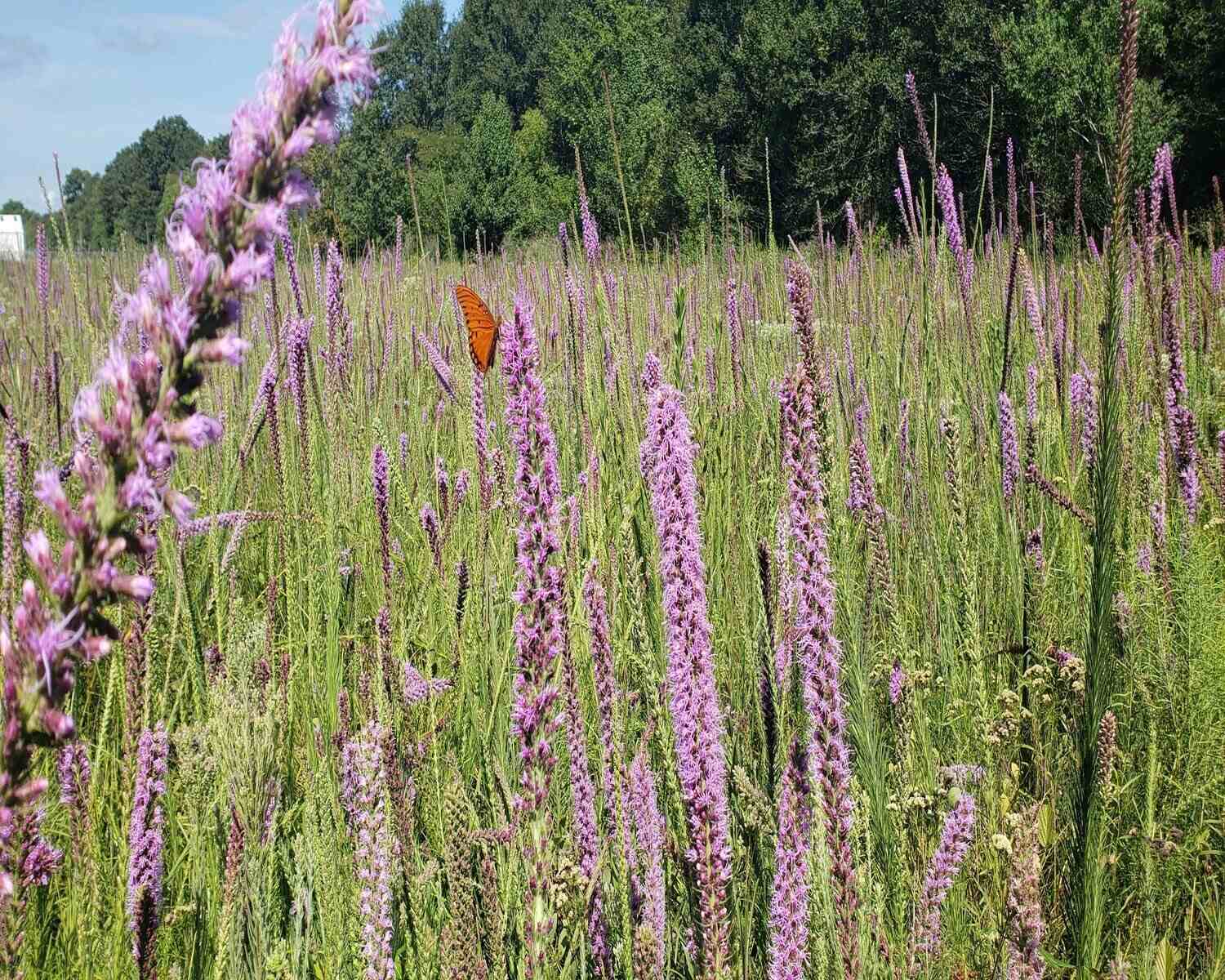
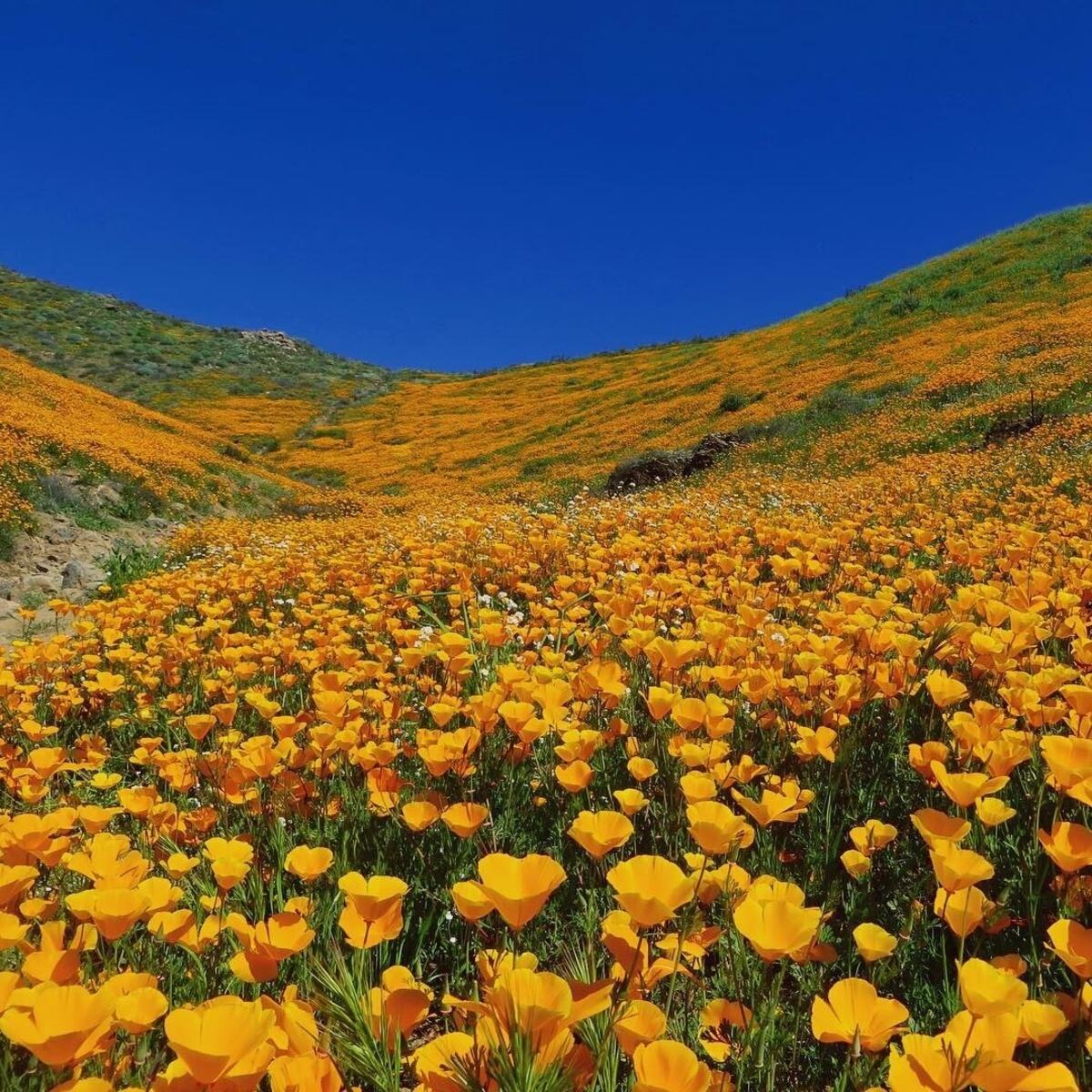
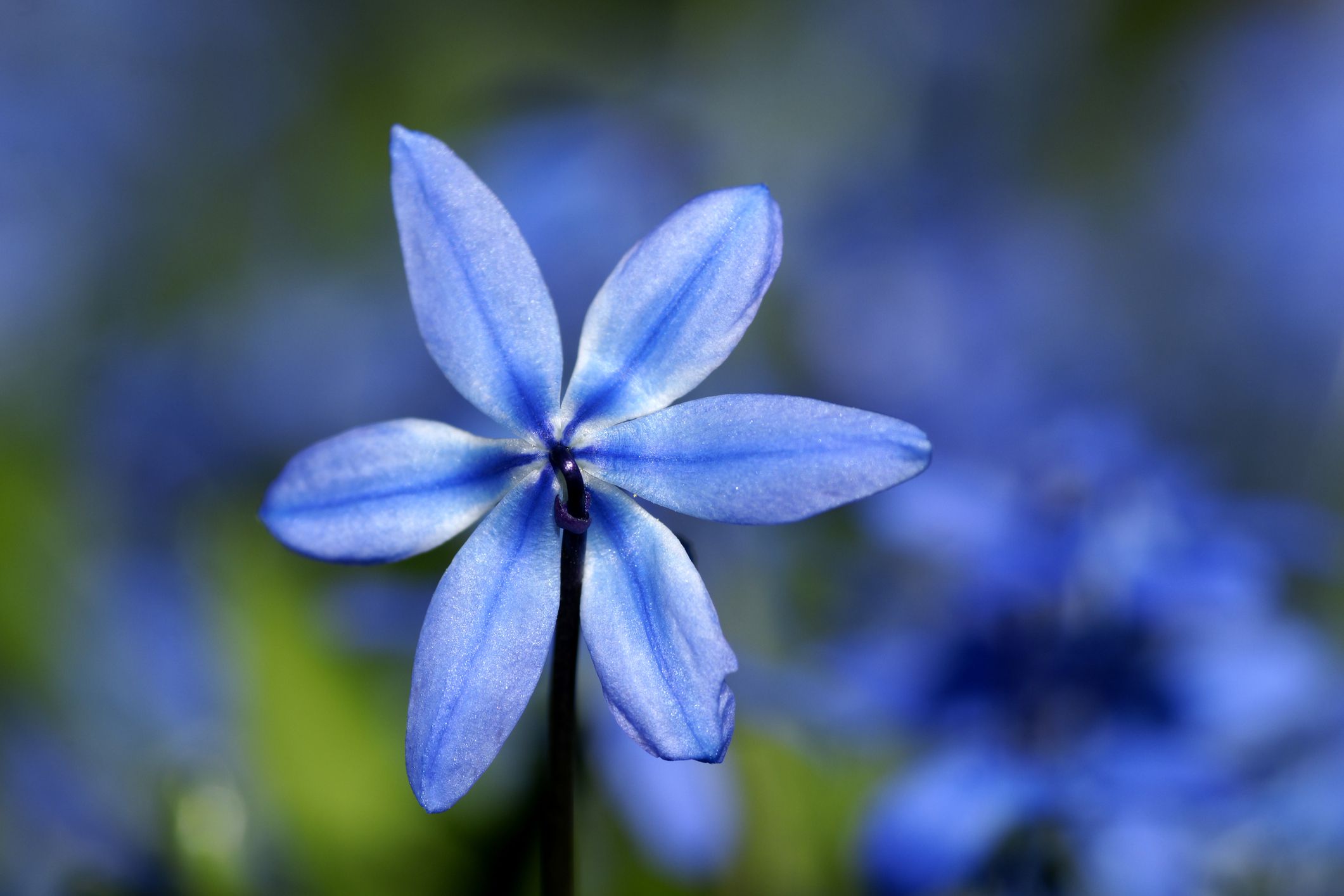

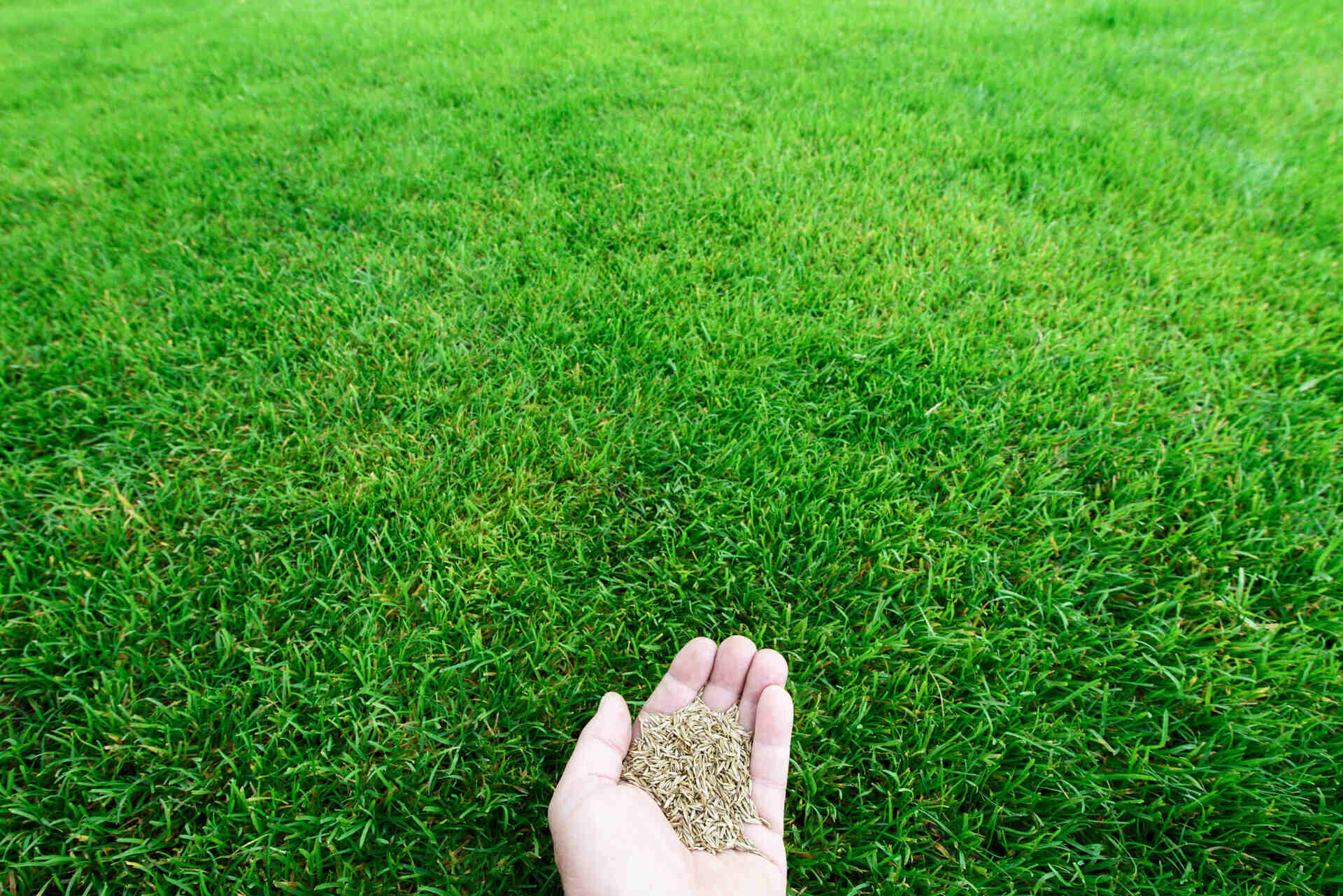
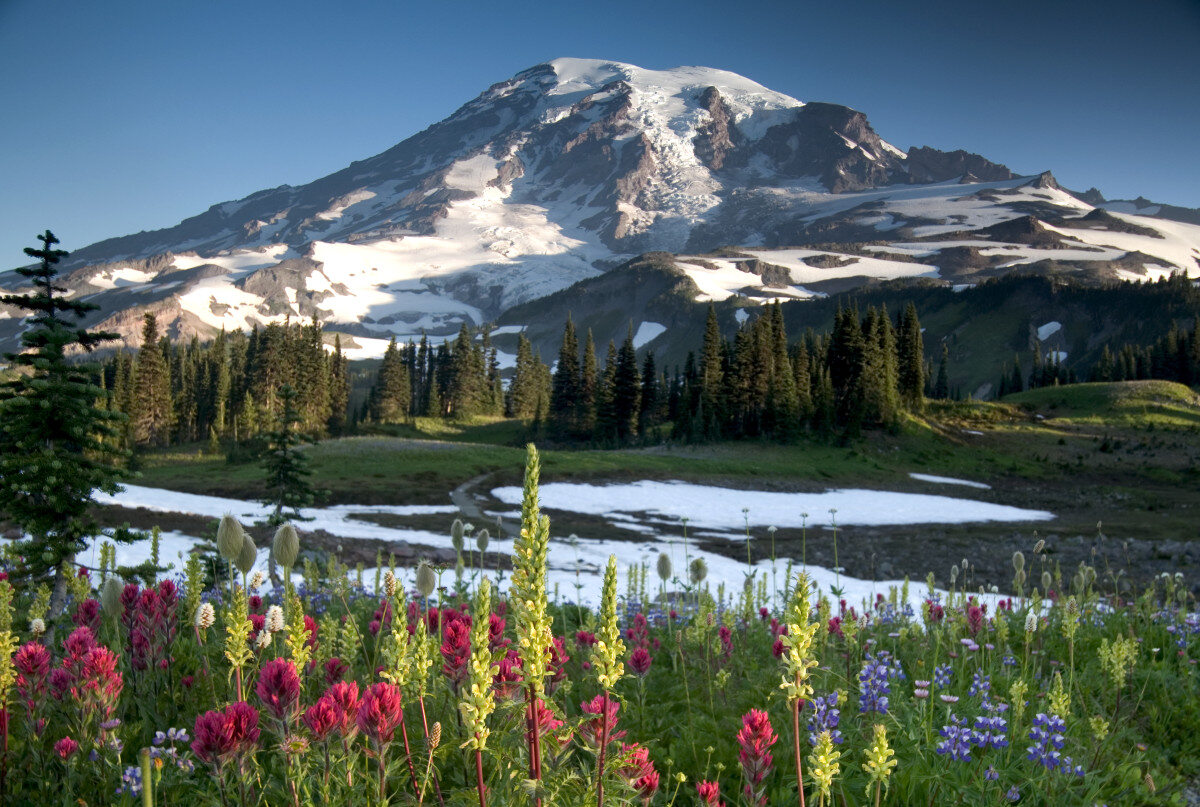

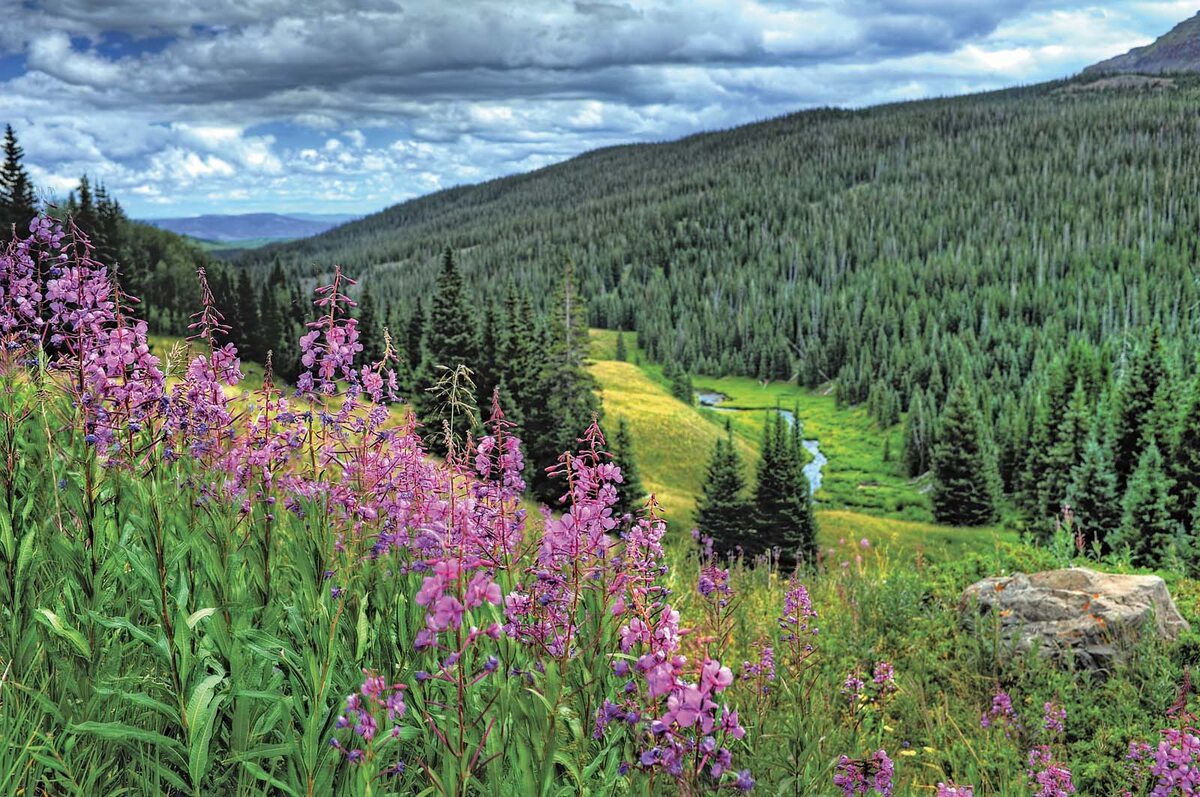
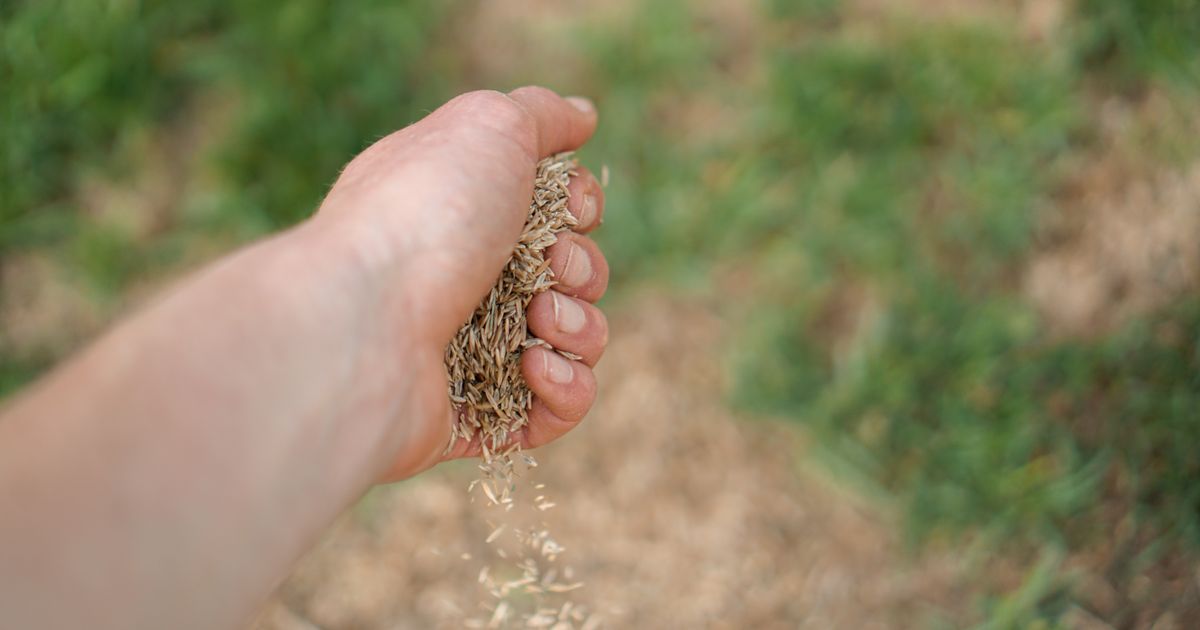
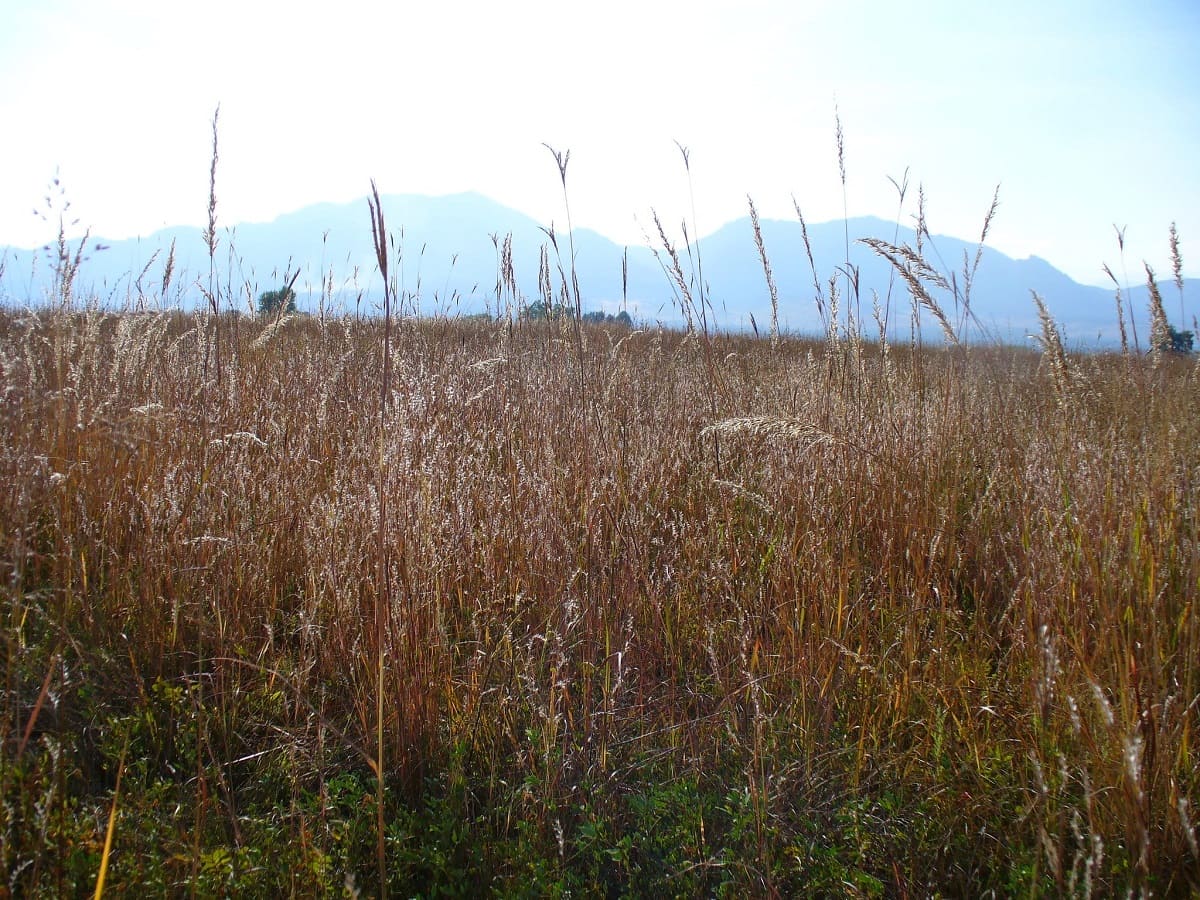
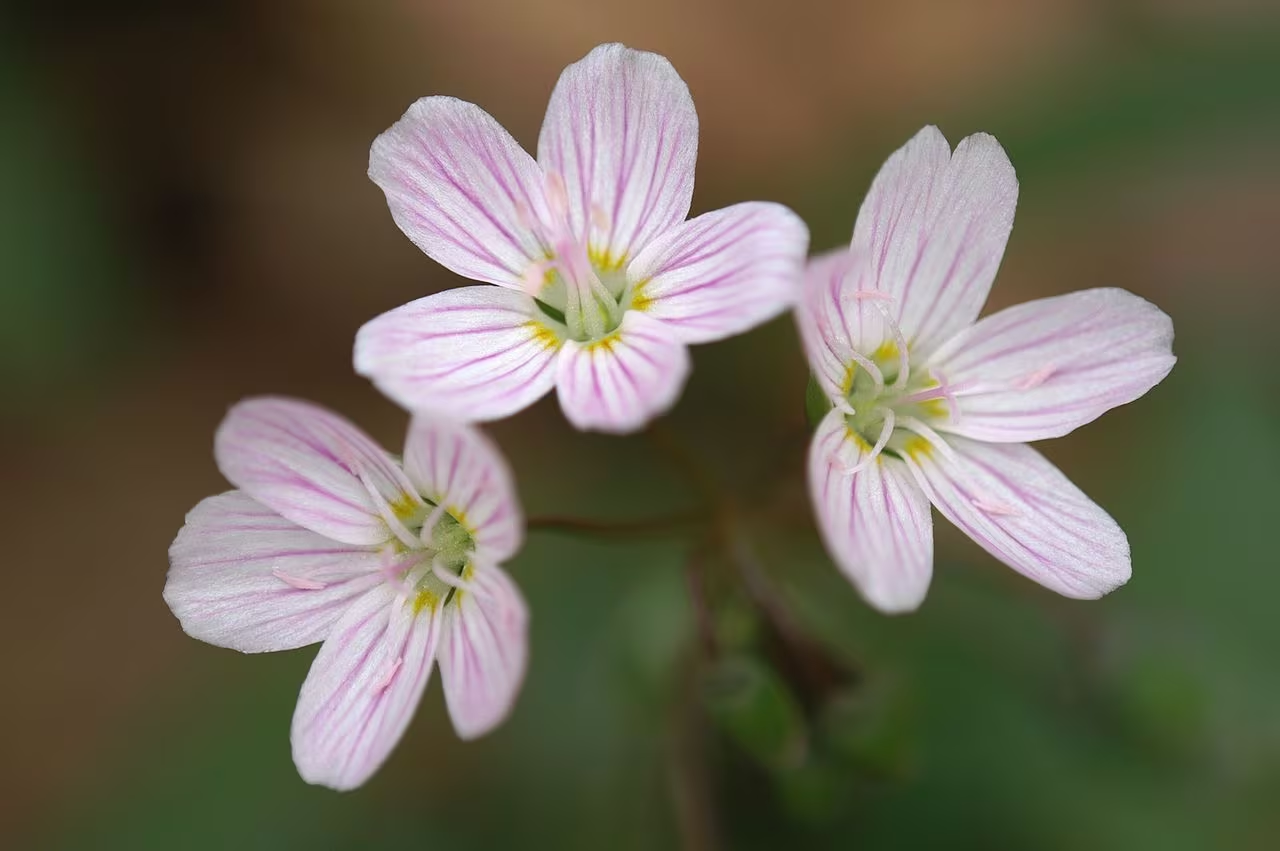
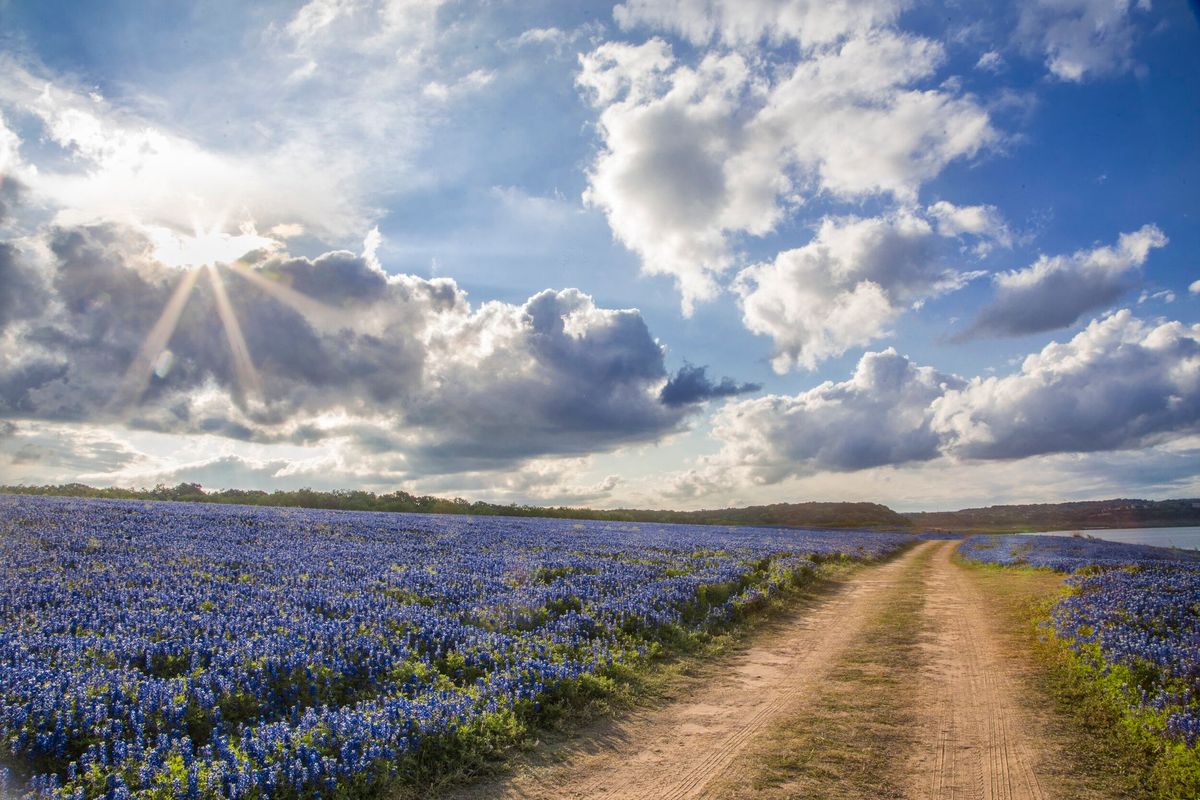
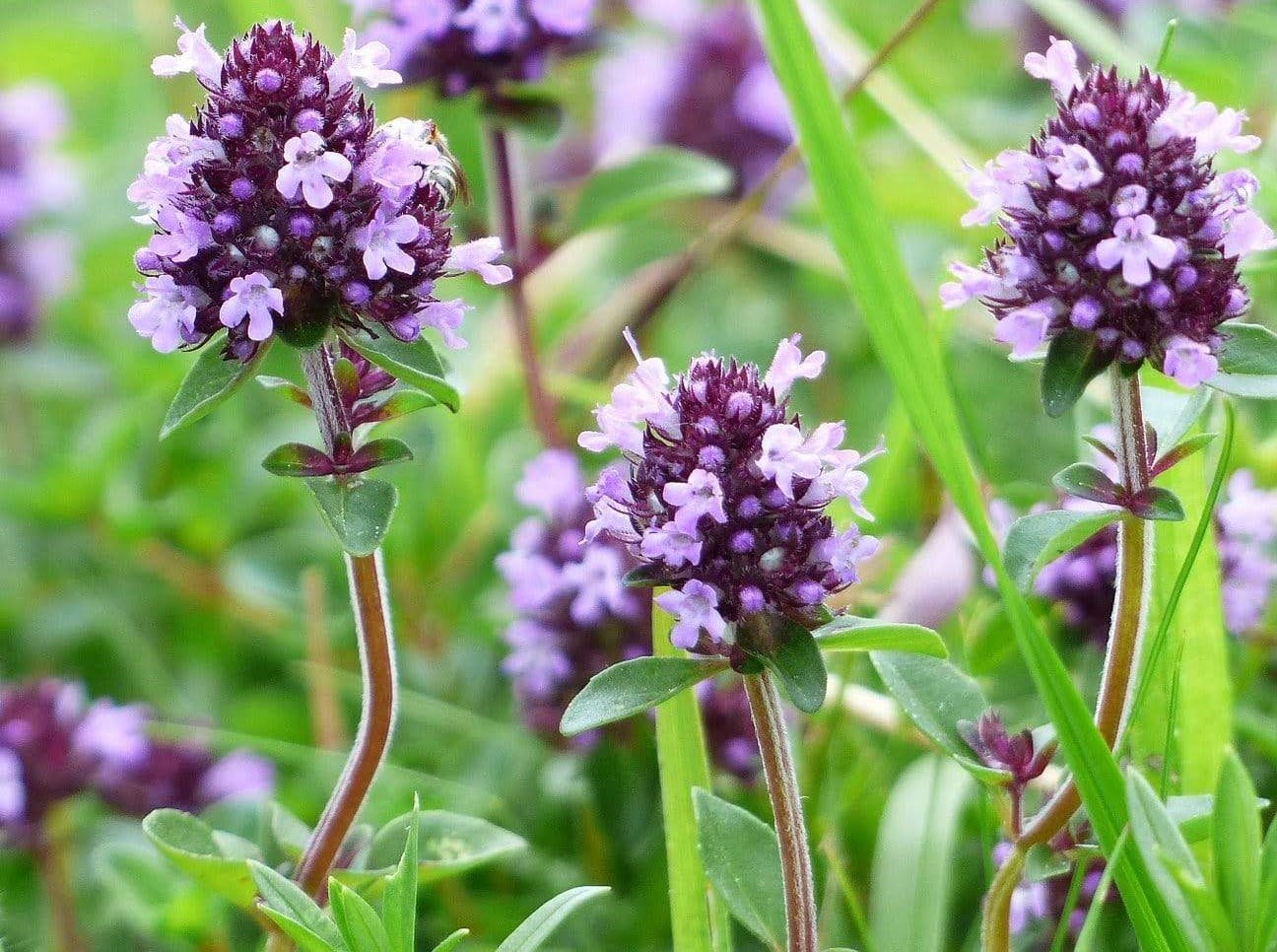
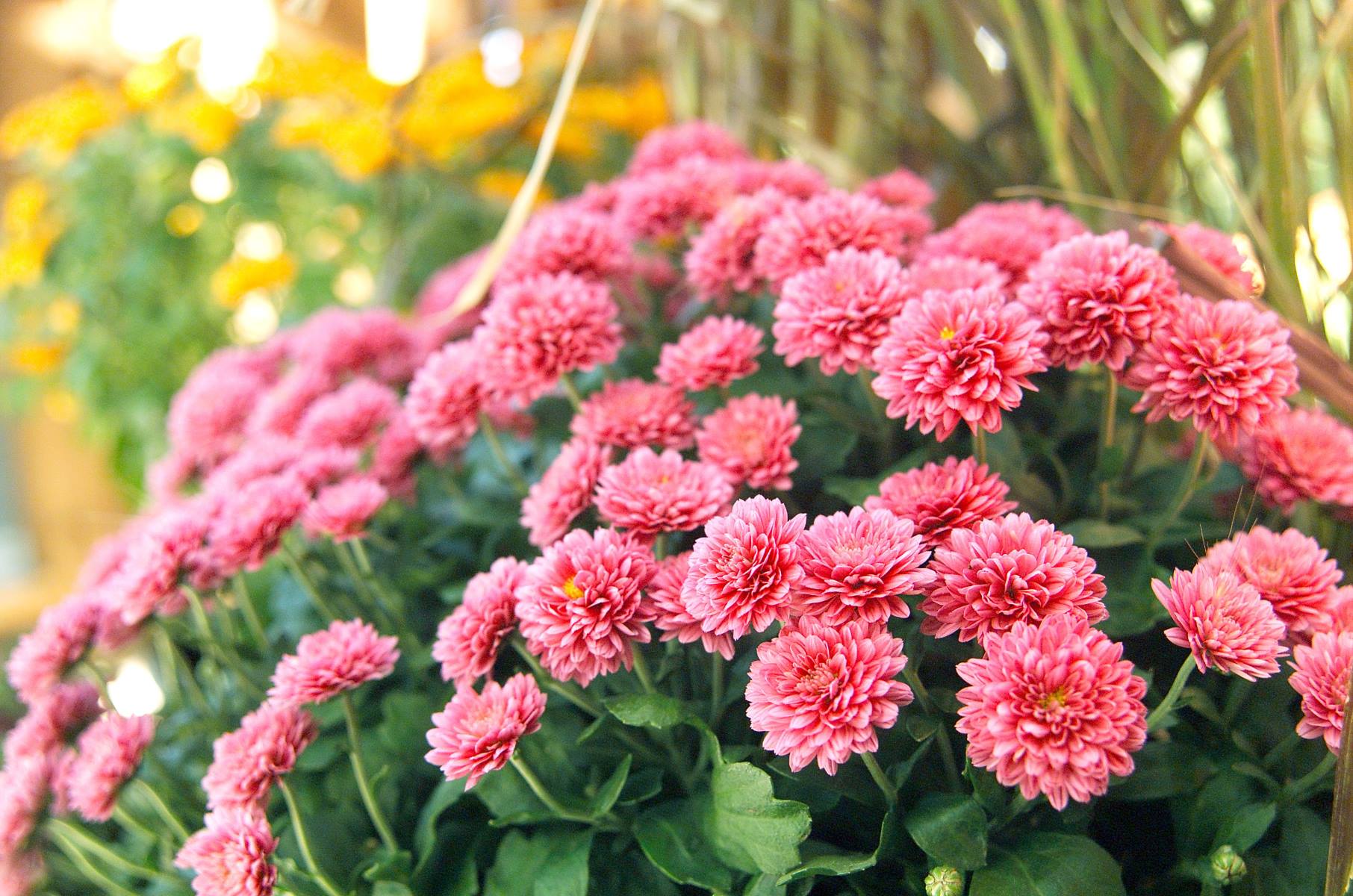

0 thoughts on “When Does Columbine Wildflower Bloom In Colorado?”